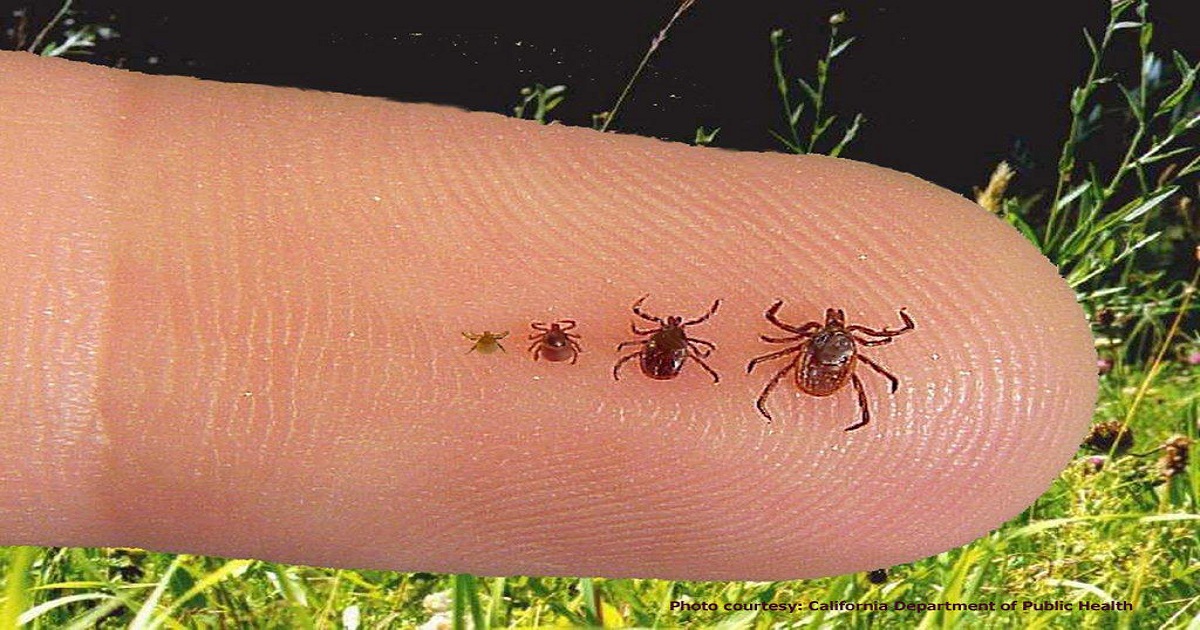Tickborne diseases are likely to increase, say NIAID officials
ScienceDaily | July 26, 2018

The incidence of tick-borne infections in the United States has risen significantly within the past decade. It is imperative, therefore, that public health officials and scientists build a robust understanding of pathogenesis, design improved diagnostics, and develop preventive vaccines, according to a new commentary in the New England Journal of Medicine from leading scientists at the National Institute of Allergy and Infectious Diseases (NIAID), part of the National Institutes of Health (NIH). Bacteria cause most tickborne diseases in the United States, with Lyme disease representing the majority (82 percent) of reported cases. The spirochete Borrelia burgdorferi is the primary cause of Lyme disease in North America; it is carried by hard-bodied ticks that then feed on smaller mammals, such as white-footed mice, and larger animals, such as white-tailed deer.